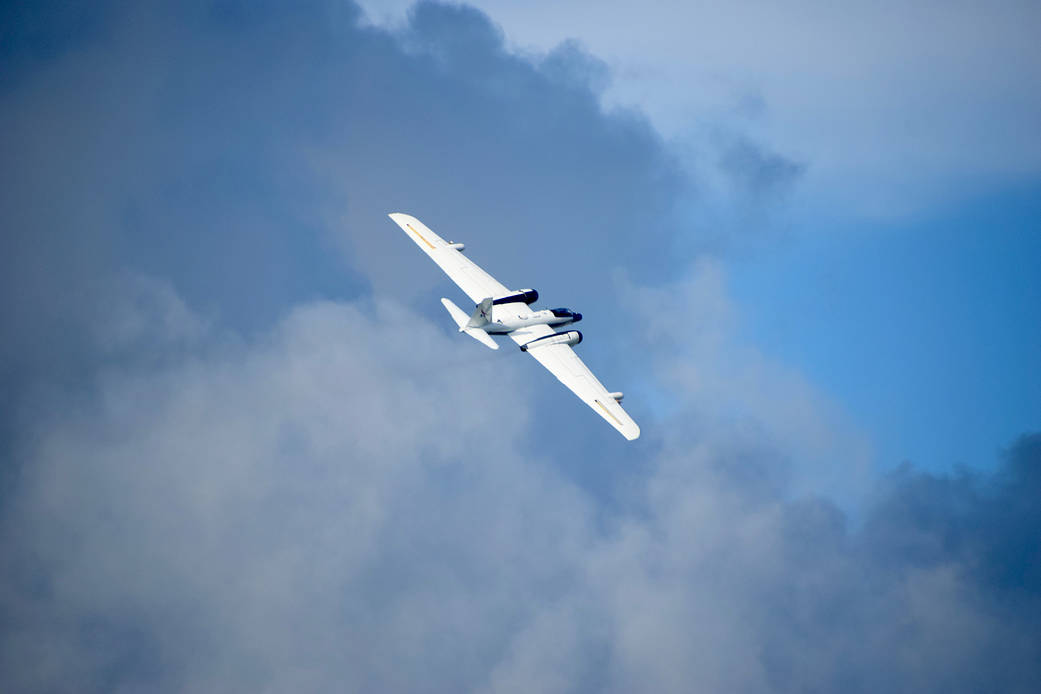In October of 2016, the Pacific Oxidants, Sulfur, Ice, Dehydration, and Convection (POSIDON) mission will be based in Guam and fly over the western Pacific to investigate chemical transport into the upper atmosphere.
The tropical western Pacific region features deep convection – rapidly rising currents of warm air that reach the upper atmosphere. These air currents carry water vapor and other chemicals from Earth’s surface into the upper atmosphere. Because of these air currents, the western Pacific region represents a key transport conduit to the stratosphere for water vapor and trace gases that regulate climate and the ozone layer.
The scientists participating in the POSIDON mission are investigating the potential connection between this deep convection and the low levels of ozone above the region. To do so, the POSIDON mission will fly a variety of scientific instruments on a high-altitude aircraft over the tropical western Pacific, measuring ozone, water vapor, ice, sulfur dioxide, and other gases.
The data collected by these instruments will give scientists more information about how chemicals interact and move around in the atmosphere, and help improve our understanding of the Earth’s climate.
Image credit: Jim Elkins
For more information, visit:



























